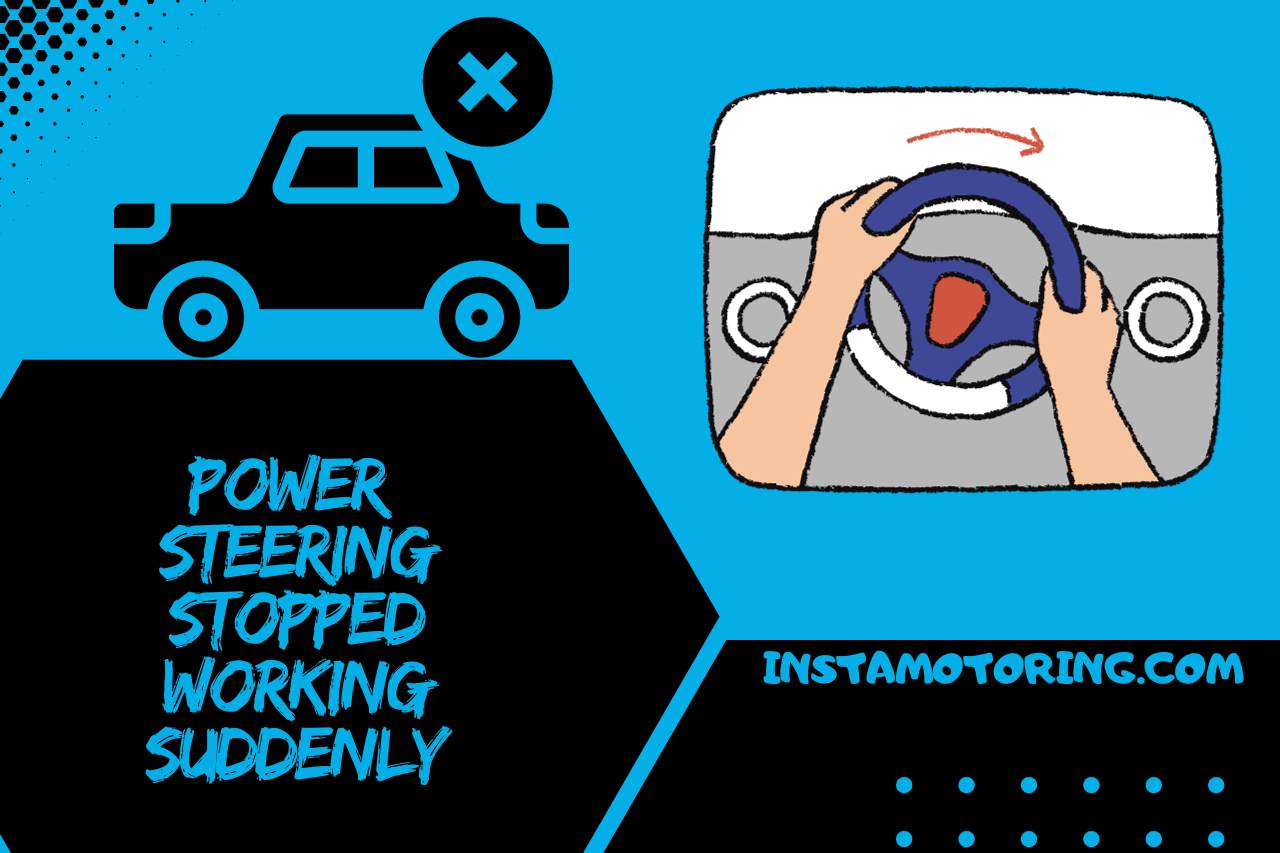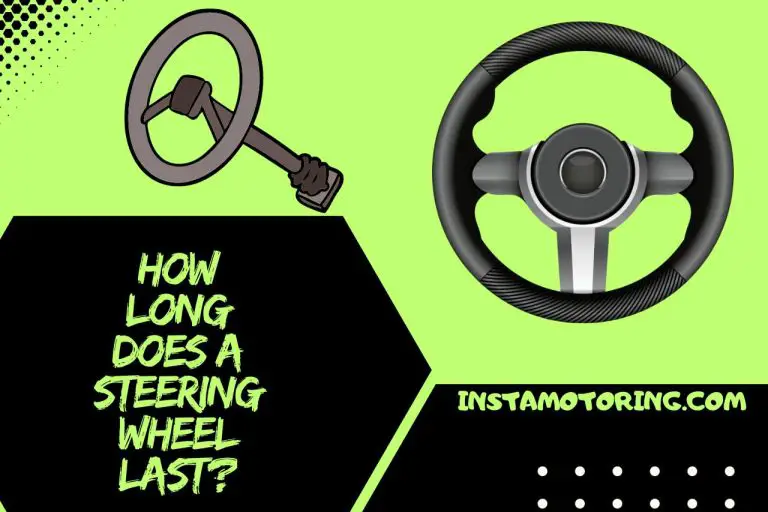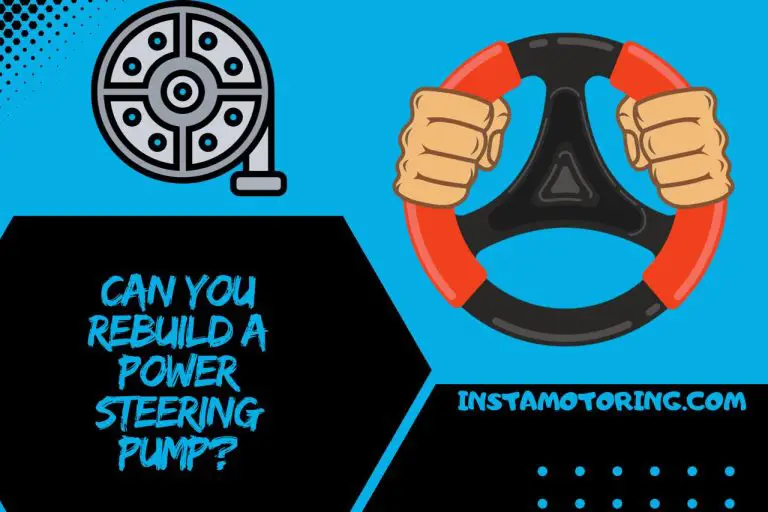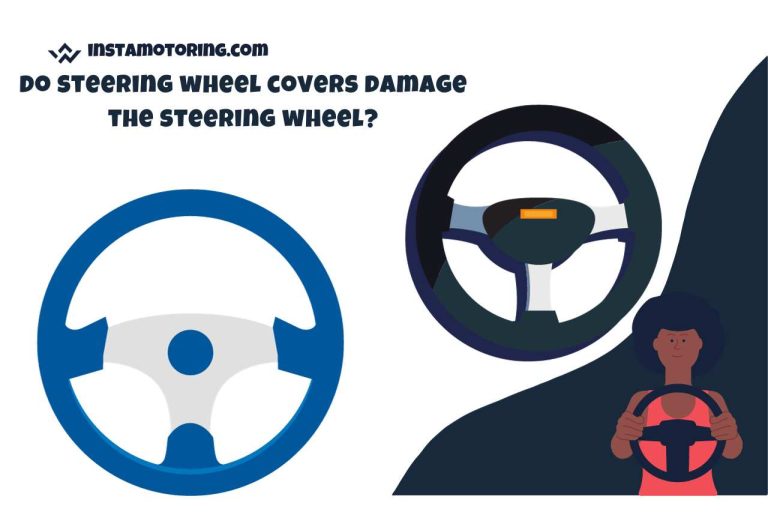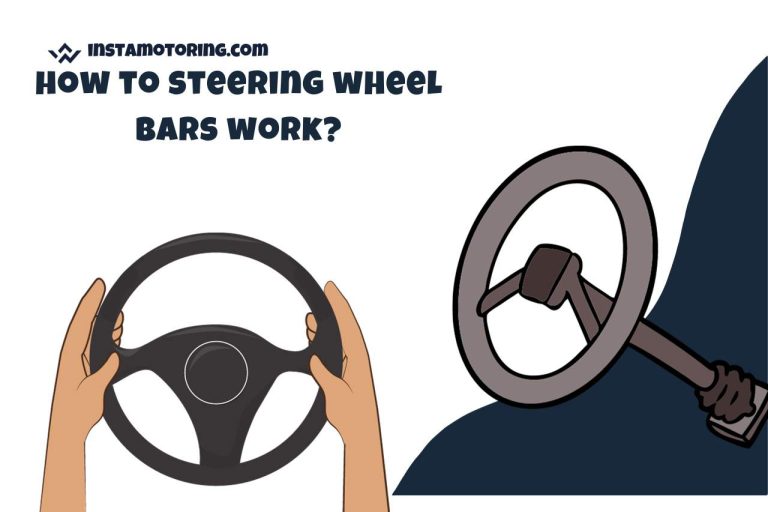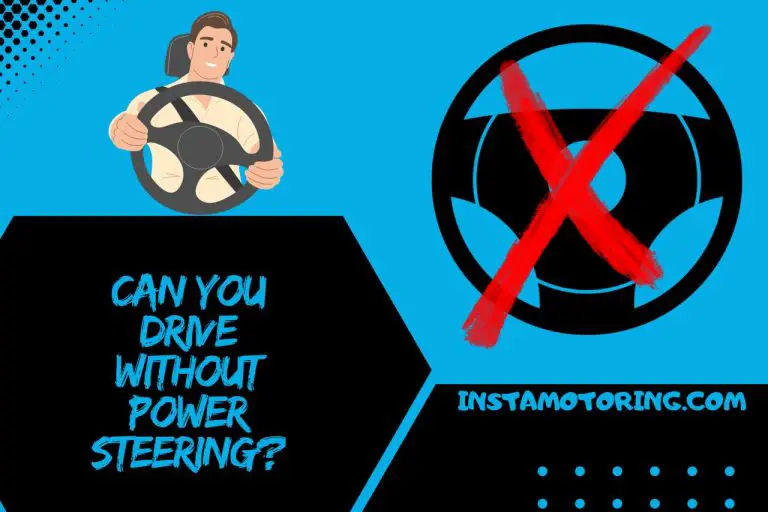Power Steering Stopped Working Suddenly? Read This
Driving without power steering can be a foreign experience for most modern-day drivers, as virtually all vehicles now come equipped with this feature, unlike in previous years.
If your vehicle’s power steering suddenly stops working, the steps you take next are crucial for both your safety and that of your vehicle.
In this guide, we will explain the causes of sudden power steering failures and provide remedies that you should implement if such an event occurs unexpectedly.
Why Did Power Steering Stop Working Suddenly?
Low power steering fluid, power steering pump failures, belt issues, gearbox problems, and electrical malfunctions can contribute to sudden power steering failures. Let us explain these a bit.
Low Power Steering Fluid
Power steering fluid is essential for the smooth operation of the system, and a significant drop in its level due to leaks or depletion can cause vehicle power steering to stiffen. We recommend checking the level of power steering fluid often to prevent unwanted issues.
Power Steering Pump Failure
The pump is the heart of the power steering system. If it fails, the system loses its ability to assist in power steering, making the steering wheel hard to turn.
Belt Problems
Power steering systems are often driven by a belt connected to the engine. A slipped or broken belt can lead you to an immediate loss of power steering.
Electrical Issues
In vehicles with electric power steering, electrical faults such as blown fuse, faulty wiring, or issues with your electronic control unit can cause sudden failure.
Once when we were investigating the causes of power steering loss, we observed that the problem stemmed from a series of malfunctions within the system. We saw that the wiring had sustained damage, leading to intermittent power disruptions.
The battery of your vehicle is a pivotal item in your vehicle’s electrical system which can affect the power steering ability.
Steering Rack or Gearbox Problems
Issues with the steering rack or gearbox can also lead to sudden power steering failure, although these are less common.
Signs of Power Steering Failure
Identifying signs of power steering failure is key to addressing the issue before it becomes a more serious problem. Here we have listed some for your attention.
- If your steering wheel suddenly becomes difficult to turn, especially at lower speeds, it’s a clear sign of power steering trouble.
- If the level of steering assistance feels inconsistent or suddenly changes, it could be due to failing power steering components.
- Modern vehicles may display a warning light on the dashboard indicating a problem with the power steering system. Do not reset the power steering warning light without properly addressing the issue.
- A whining or squealing noise when turning the steering wheel can indicate a problem with your power steering pump or low fluid levels.
- Unusual vibrations in the steering wheel during operation, particularly when idling, may suggest issues with your power steering system.
- Visible leaks under your car, especially a red or pink fluid near your front, can indicate a leak in your power steering system.
We recommend seeking professional help as soon as possible if you notice these symptoms in your power steering system to avoid sudden power steering failures.
What Immediate Actions Should You Take if Your Power Steering Fails?
If your power steering fails unexpectedly while driving, taking immediate and appropriate actions is crucial for your safety.
We have noticed many drivers, especially the rookie ones tend to become anxious and make mistakes when they feel stiffness on the steering wheel.
It’s important to understand that a failed power steering system will make your steering wheel heavy but won’t lock it. You can still drive without power steering, although it will require more effort, especially at lower speeds.
Braking abruptly won’t help. Instead, slow down gradually by taking your foot off the accelerator, allowing your vehicle to reduce speed naturally.
Then, use the turn signals and carefully maneuver your vehicle to a safe location; avoid making sharp turns. Once you are safely off the road, turn on the hazard lights to alert other drivers.
If it’s safe, and you are confident enough to troubleshoot the issue, check for visible issues like loose belts or leaks. However, don’t attempt complex repairs if you’re not skilled in car mechanics.
In a situation like sudden power steering failures, we highly recommend contacting a roadside assistance service or a professional mechanic. Driving without power steering can be challenging and risky, especially over long distances or in heavy traffic.
Another important thing that you must note is. it’s essential not to drive your vehicle until the power steering issue is fixed, as it compromises your vehicle’s safety and handling.



My name is James, I work as an Automotive Designer with 9 years of experience. I also work as a mechanic and vehicle inspector. I love deciphering complicated car exteriors and interiors and resolving fluid and oil troubles. InstaMotoring.com is here to help you troubleshoot your car with dependable and expert help.

